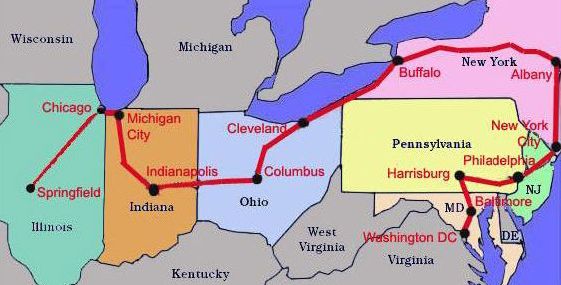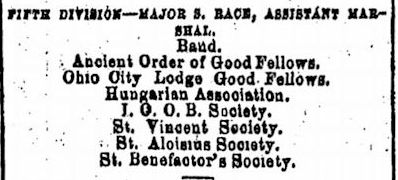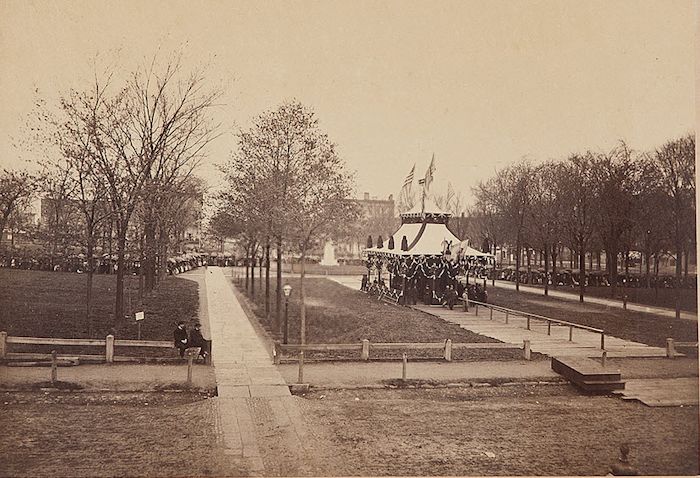|
|
CLEVELAND JEWS MOURN ABRAHAM LINCOLN | |
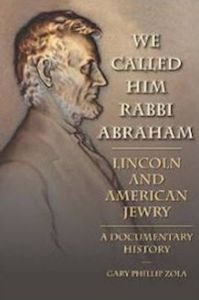 WE CALLED HIM RABBI ABRAHAM by Gary P Zola |
INTRODUCTION
|
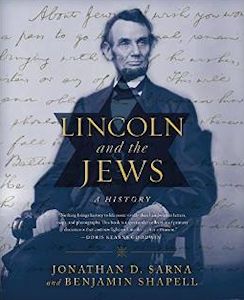 LINCOLN AND THE JEWS Jonathan D Sarna and Benjamin Shapell |
|
For most of this nation - Christian Americans - Lincoln's assassination came on Good Friday, the commemoration of the day Jesus Christ died. Many Christians thought that Lincoln, like Jesus, had died for us. For many
American
Jews, news of Lincoln's death in the early morning
of Saturday April 15, 1865 came when they
were in
their synagogues on the morning of the Shabbat
of Passover. To hear of the death of the man who
freed the slaves at this time, when the Jewish
people were celebrating their own freedom from
slavery, was shattering. We read accounts of rabbis who
broke down in tears announcing the terrible news
to their congregants, comparing the late
president to Moses. There were no Jewish newspapers in Cleveland to record Jewish reactions to his death and participation in the funeral observance, but we know of two instances.
|
|
Abraham Lincoln never visited Cleveland as president. As president-elect, he did stop briefly en route from Springfield Illinois to Washington DC for his inauguration. His funeral train followed a similar route, but westward. On board were a few relatives, a military honor guard, many dignitaries, and representatives of every state in the Union. Stops with
ceremonies (Cleveland's was a full day) were
held in the cities shown in red. The train's
detailed schedule was published. Americans -
some say millions of them - stood
at stations and along the tracks day and night to pay their
respects to the fallen president. |
|
|
The funeral procession was organized into six divisions, each with an assistant marshal. The April 27, 1865 Plain Dealer story of organizations participating in the parade shows the I.O.B.B. (International Order of B'nai B'rith) in the fifth division, incorrectly listed as the I.O.O.B. Society. Each division would assemble on a different street. Bands were brought to Cleveland so each division would have one. Mayor George Senter's proclamation asked that restaurants be open to accommodate the many visitors, but all other businesses to close, that buildings along the parade route be draped in black, that no alcohol or ale be served, and that decorum be observed throughout the day. |
|
|
|
This notice in the
Wednesday April 27, 1865 Plain Dealer informed members of the International
Order of B'nai B'rith
of their participation. They were to assemble at 5:30 am in
the hall, whose location at this time is not known. |
|
|
|
|
